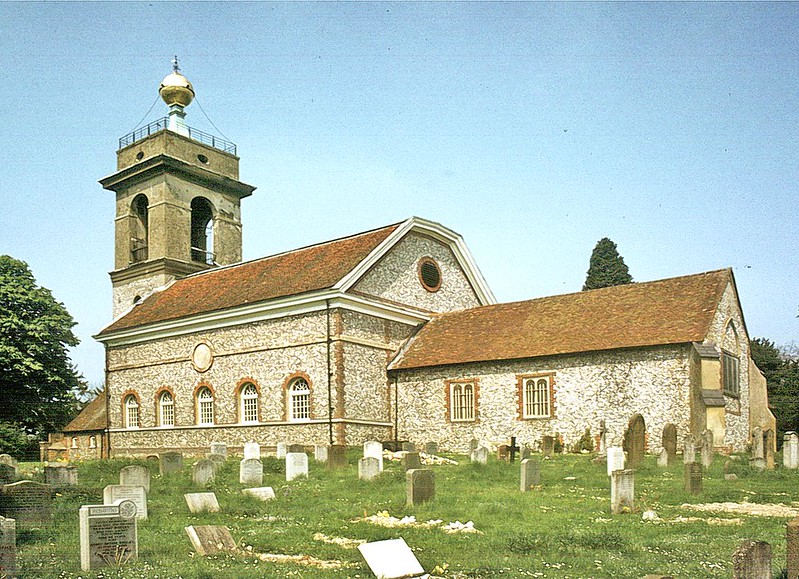E J Payne, writing in the 19th century, in his Building of Wycombe Church etc” says: “I have no doubt that the powerful spring which rises at the east end of the Rye, close to the Roman Villa, is the one alluded to. It was called Holy Well through the Middle Ages, and the adjoining meadow is still called Halliwell Mead.” The spring was shown as one of the markers of the municipal boundary on R K Dawson’s 1832 Plan of High Wycombe in The Report upon the Proposed Municipal Boundary of the Borough of Chepping Wycombe.
This suggests that the spring was of some historical importance. The reason why recent researchers could not find the spring is explained by a letter published in 1955:-
I expect many of your readers will regret, as I do, the passing of yet another of Wycombe’s remaining antiquities known as the Round Basin. They may remember the spring in the middle of the Rye at the bottom of Holliwell Mead from which it fed the watercress beds flowing past Bassetsbury Manor into Marsh Green onwards. According to tradition, in early ages this was a holy well, the scene of constant pilgrimages probably connected with St Wulstan until about 1100 when owing to abuses which had arised they were forbidden, I believe by Hugh of Lincoln in whose diocese the town then was.
This was centuries ago, but the Mead the spring have remained known as Holywell, Hollwell or Holliwell to this day. Nearby on one side of the well is the site of a Roman fortress and on another the Roman Villa (now under excavation). Years ago I urged that the well…might have been laid out in remembrance of one of those spots of ancient Wycombe of interest to visitors and the Burgesses, but now both..have been filled in by the Corporation to add to the playing fields.

Leave a Reply